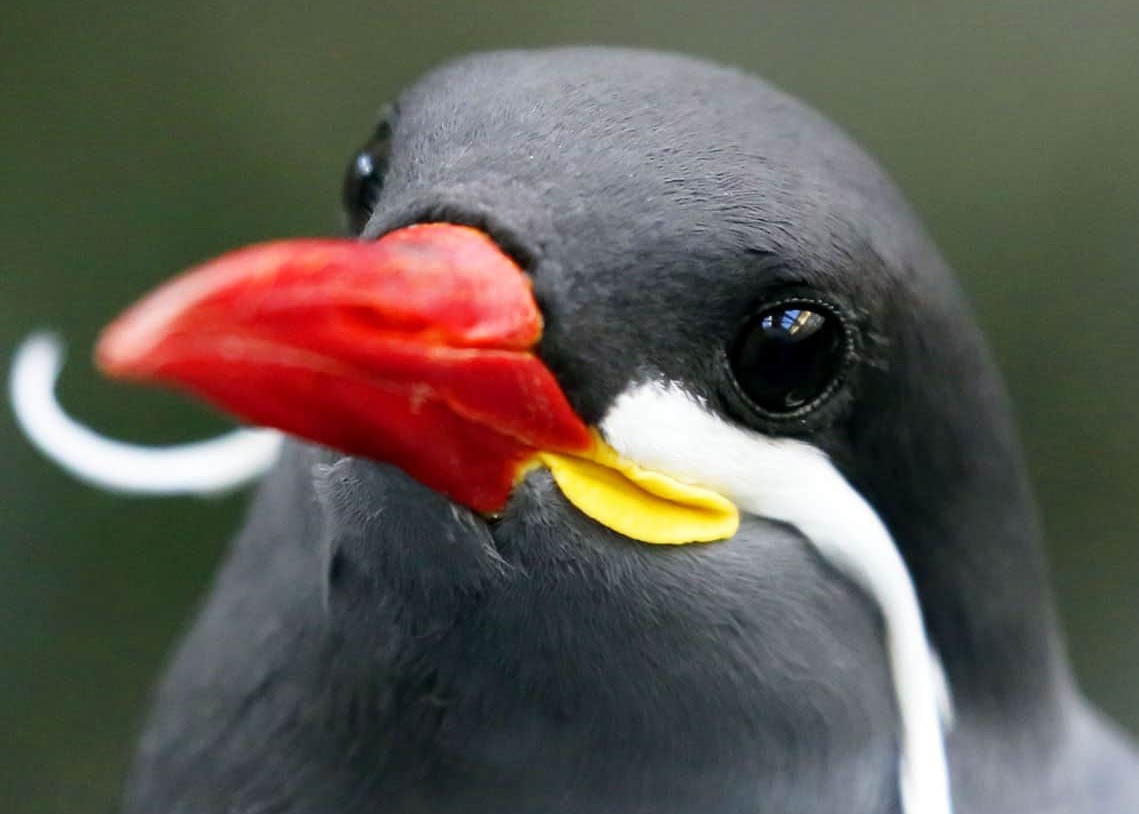Benthic Rainbow Worm
Benthic rainbow worms are lurkers of the deep ocean, tunneling their way through the beds of trenches in the Osao Ocean. They are much smaller than their cousins, rainbow worms, a land-based convergent species.
This species was first discovered on an remote-piloted expedition to the lower points of the Carawin Trench, Osao's deepest point.
Taxonomy
Benthic rainbow worms are in the same genus as the bobbit worm, Eunice. This species in particular is incredibly large, the largest in its genus.
The species was named after the rainbow worm, an animal of an entirely different Phylum. Rainbow worms are of the phylum Oxicata, while benthic rainbow worms belong to Annelida.
Anatomy
Prized Scales
The exoskeleton of this species has become one of the most prized items in the Milky Way. A single segment can go for ten million charms, and you can often find them being illegally traded on a Trash Planet.Adult benthic rainbow worms have a body length of around a hundred metres. Males are around 20% longer than females. The body is covered in a hard, segmented exoskeleton.
The most notable feature of this species are the five antenna on their head, and the gigantic pair of retractible mandibles used for striking at prey. The antenna are about twenty metres in length, so thin they are almost unnoticeable in the abyss.
The exoskeleton is iridescent, often a deep purple. They have a much more streamlined body than rainbow worms, with a thinner exoskeleton that allows them to glide through sandy seabeds.
Diet
The deepest points of the rainbow worm's habitat are so prey-scarce that these animals have learnt to hunt anything that moves. They lie in wait under the sand, antenna poking out into the water. Anything that swims into the antenna alert the worm, which darts out of the seabed and clamps down using its mandibles.
The few times this species has been studied, several have been observed to feed on deep-sea algae and plants, suggesting this species is omnivorous.
Reproduction & Growth
Benthic rainbow worms have a pair of gonads in each segment. Immature gametes are shed into a body cavity, where they complete development.
Mature gametes are released into the water through pores in the exoskeleton, fertilised and hatch within a few days.
These worms grow by forming more and more segments over time. An adult of this species can have up to three hundred segments, not including its head.
Eeeeewwwwwwwwww, that worm just chopped itself in two!
Habitat
Benthic rainbow worms, as the name implies, is a bottom-dweller. They lurk at the deepest parts of the Osao Ocean, preying on whatever food is available. They frequent the Carawin Trench and Kittman's Trench, the planet's two deepest points.
Their shimmering exoskeleton helps them blend in around bioluminescent deep-sea coral reefs. Along the bed of Carawin's Trench is a massive reef system where benthic rainbow worms enjoy swimming through. Some worms have been observed exhibiting playful behaviour with one another, hiding amongst coral and scaring each other by chopping the other in half.










The kid's quote is how I feel about a lot of things I watch documentaries about. Just 'ew, I didn't need to know that'. The rainbow worm makes them sound a lot cuter than what they actually are ._.
Yeaaaaa, I remember watching so many documentaries of deep-sea creatures as a kid and going "ewww", like when I first saw bobbit worms! :D